
-
Phone: 0086-15858860365
-
Email: sales1@nswvalve.com
-
Phone: 0086-15858860365
-
Email: sales1@nswvalve.com
News
-
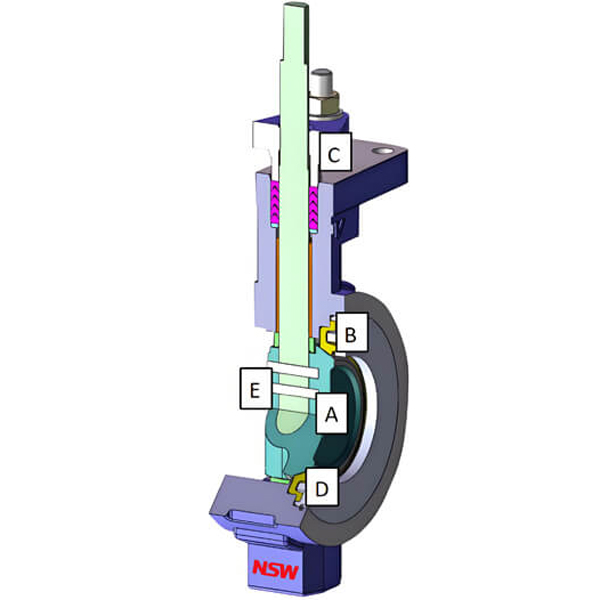
What are High Performance Butterfly Valves (HPBVs)
1. What are High Performance Butterfly Valves High performance butterfly valve refers to a new type of butterfly valve product that improves the sealing and wear resistance of butterfly valves, increases high temperature resistance and corrosion resistance, and improves service life and reliabili...Read more -

Essential Guide to Checking Non-Return Valves: Ensure Optimal Performance and Prevent Failures
Non-return valves (NRVs), also known as check valves, are the silent guardians of fluid systems. Their critical role is simple yet vital: allowing flow in one direction and automatically preventing reverse flow (backflow). This protects pumps, compressors, and other components from damage, contam...Read more -
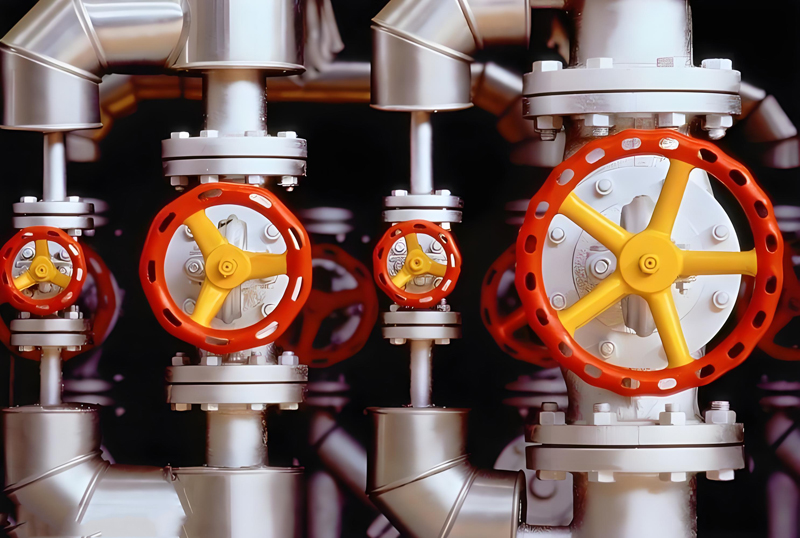
How to Properly Store and Maintain Backup Gate Valves: Expert Guide
What is a Gate Valve A gate valve controls fluid flow by vertically raising or lowering a gate (wedge). Designed for full open/close operations – not flow regulation – it offers minimal flow resistance and superior sealing. Widely used in oil/gas, chemical plants, and power generation, its relia...Read more -
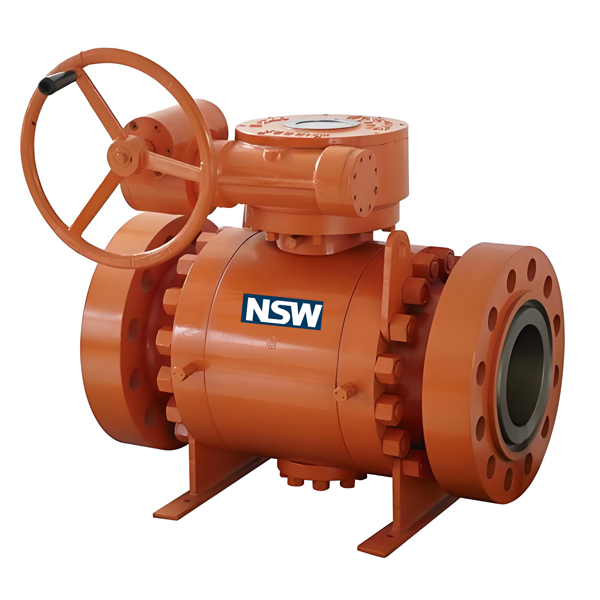
What is a Flanged Ball Valve: Types, Benefits Explained
What is a Flanged Ball Valve? The Industrial Workhorse In the complex world of industrial piping systems, reliable flow control is paramount. A Flanged Ball Valve stands out as one of the most widely used and dependable solutions. Simply put, it’s a type of quarter-turn valve that us...Read more -
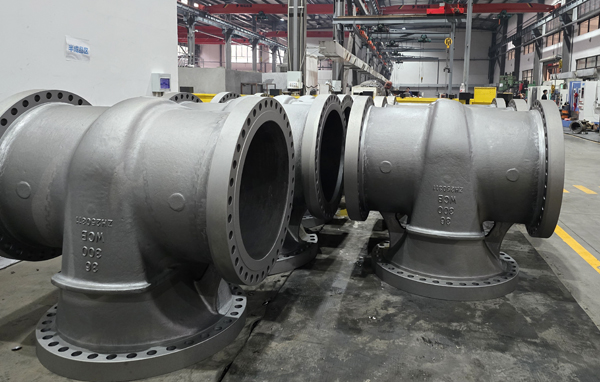
36 Inch Gate Valve Guide and Sourcing: NSW Big Size Supplier
The Mighty Flow Controller: Your Complete Guide to 36 Inch Gate Valves In the world of industrial fluid control, where pipelines resemble superhighways for liquids and gases, 36 Inch Gate Valves stand as critical guardians. These massive valves are engineered for applications demanding high flow ...Read more -
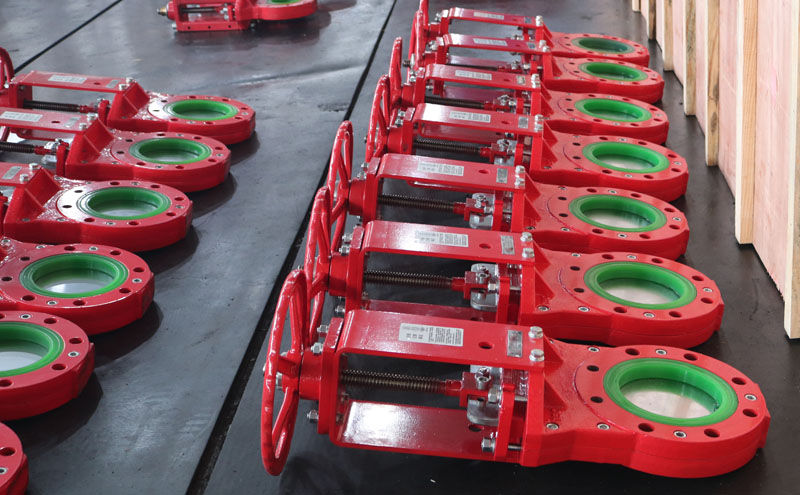
How Does a Slide Gate Valve Work: A Complete Factory Guide
What is a Slide Gate Valve A slide gate valve (commonly called a knife gate valve or linear gate valve) controls flow using a sliding plate or “blade” that moves perpendicular to the pipeline. Key characteristics: - Operation: The blade lowers to block flow (sealing against seats) or ...Read more -
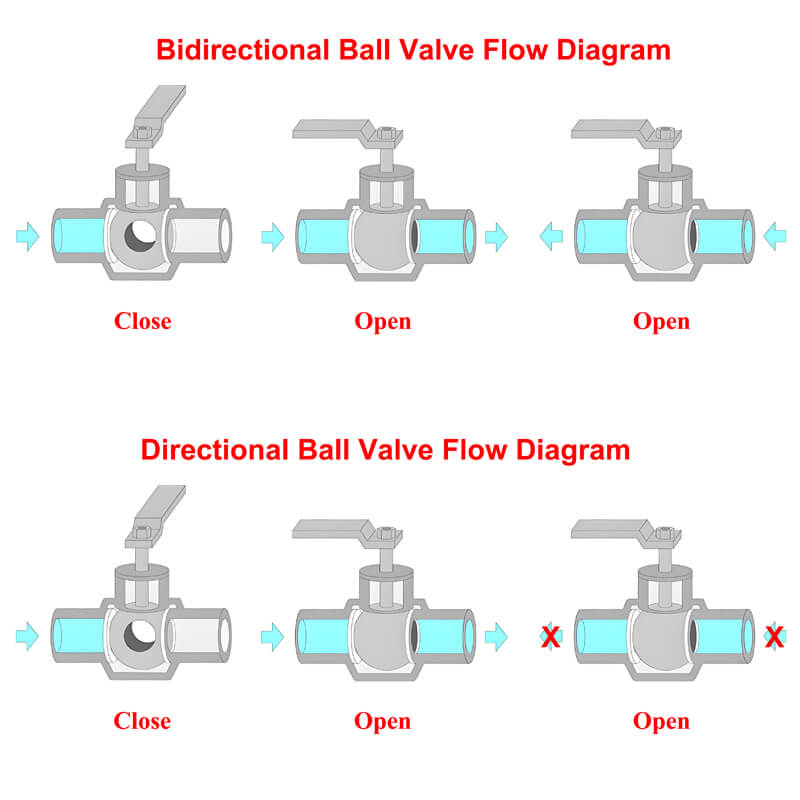
Do Ball Valves Have a Flow Direction: Types, Installation
Do Ball Valves Have a Flow Direction? Key Types & Installation Rules Before answering the question of whether the ball valve has flow direction, we must first understand what a ball valve is, and then we can better understand the problem of ball valve flow direction. What is a Ball Valve A ba...Read more -
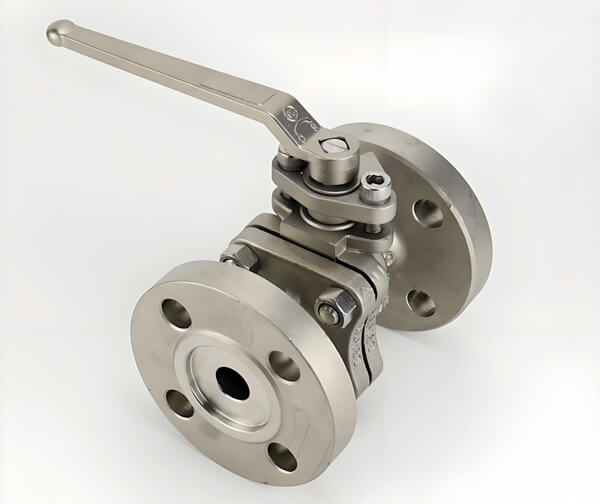
Top 10 Stainless Steel Ball Valve Manufacturers in 2025
Top 10 Stainless Steel Ball Valve Manufacturers *(Ranked by innovation, market presence, and customer feedback)* 1. Emerson (USA) Global leader in industrial valves with smart, IoT-enabled stainless steel ball valves. Ideal for harsh environments and automated systems. Certifications: API 6D, ASM...Read more -

API 600 vs API 6D Valves: Differences & Selection
What is an API 600 Gate Valve The API 600 standard (American Petroleum Institute) governs bolted bonnet steel gate valves with flanged or butt-welding ends. This specification covers design, manufacturing, and testing requirements for API 600 Gate Valves used in oil, gas, and petrochemical indust...Read more -
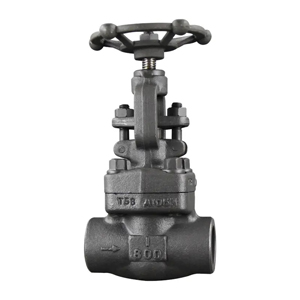
Forged Globe Valves: The Epitome of Leak-Tight Control
The Ultimate Guide to Forged Globe Valves: Strength, Precision, and Reliability In the critical world of fluid control, where pressure, temperature, and reliability are paramount, Forged Globe Valves stand out as the preferred choice for severe service conditions. Unlike their cast counterparts, ...Read more -
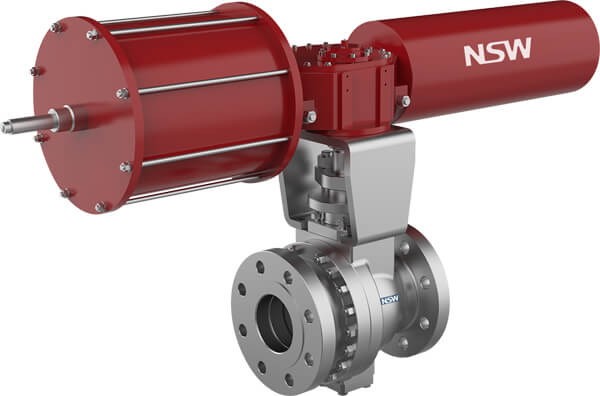
What is an SDV Valve: The Guardian of Industrial Safety
The Essential Guide to SDV Valves: Safeguarding Critical Industrial Processes In the high-stakes world of oil & gas, petrochemicals, power generation, and other process industries, safety isn’t just a priority; it’s an absolute imperative. At the heart of protecting personnel, ass...Read more -
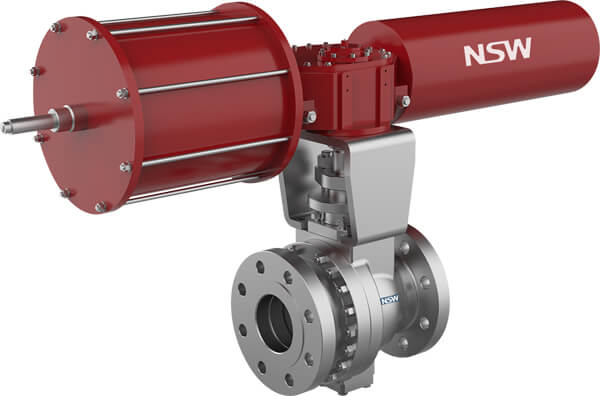
What is a Emergency Shutdown Valve (ESDV): Working Principle
What is an Emergency Shutdown Valve (ESDV) In the high-stakes world of industrial process plants, particularly oil and gas refineries, chemical plants, and power generation facilities, safety isn’t just a priority – it’s an absolute imperative. At the heart of safeguarding personnel, ...Read more -
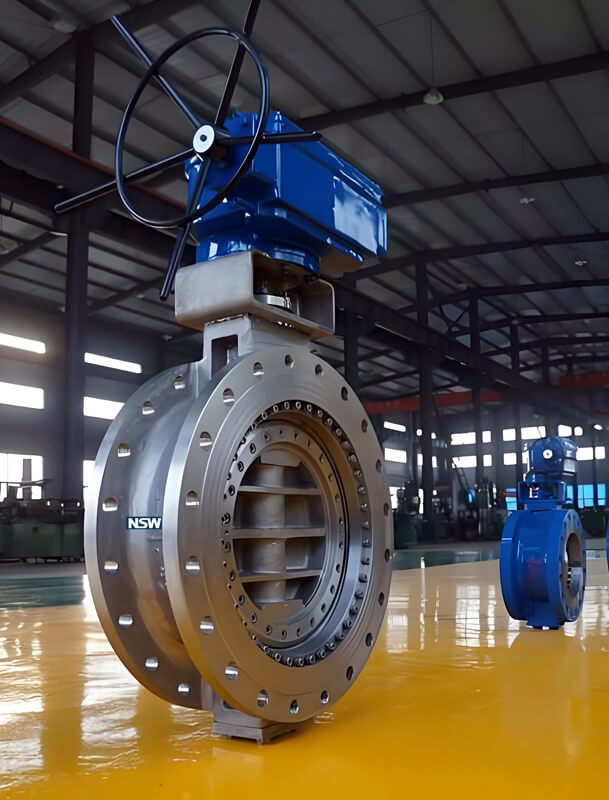
Top 10 Butterfly Valve Manufacturers and Supplier in China
Butterfly Valve Manufacturers in China: Leaders in Industrial Flow Control China has emerged as a global hub for industrial valve production, offering high-quality, cost-effective solutions for diverse industries. Among these, butterfly valves stand out for their versatility and efficiency. In th...Read more -
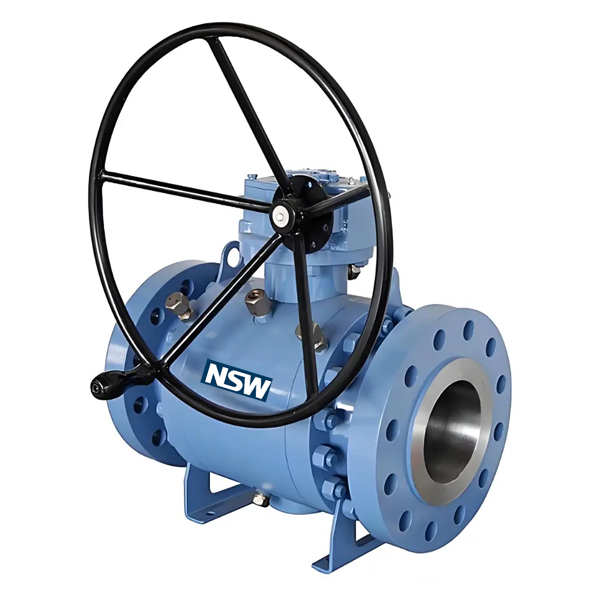
What is Another Name for a Ball Valve: 23 different names
23 Various Names of Ball Valves In the intricate world of industrial fluid control, few components are as ubiquitous and vital as the ball valve. Renowned for its simple quarter-turn operation, reliable shut-off, and versatility, it’s a cornerstone of piping systems across countless sector...Read more -
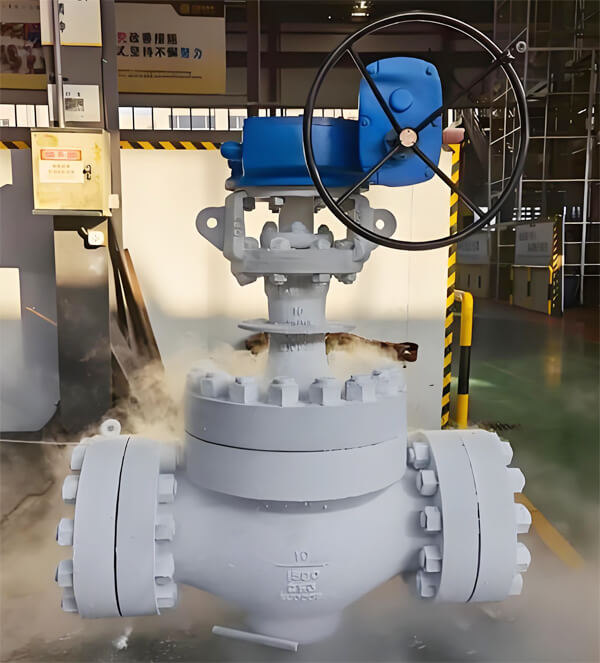
Cryogenic Ball Valves: Design, Materials, and Applications
What is a Cryogenic Ball Valve A cryogenic ball valve is a specialized flow control device engineered to operate at temperatures below -40°C (-40°F), with some models functioning reliably at -196°C (-321°F). These valves feature an extended stem design that prevents seat freezing and maintain bub...Read more -
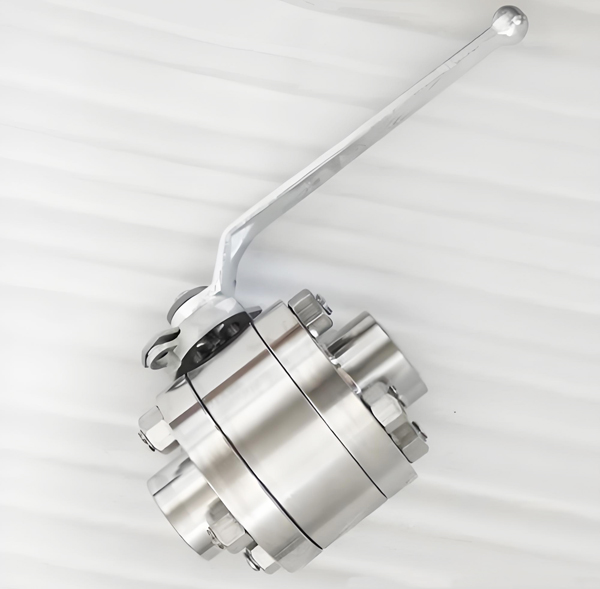
3 Piece Stainless Steel Ball Valve: Benefits, Applications
What is a 3 Piece Stainless Steel Ball Valve A 3 piece stainless steel ball valve is a type of industrial valve designed with three separable components: two end connectors and a central body housing the ball and stem. This modular design allows for easy maintenance, cleaning, or replacement of i...Read more -
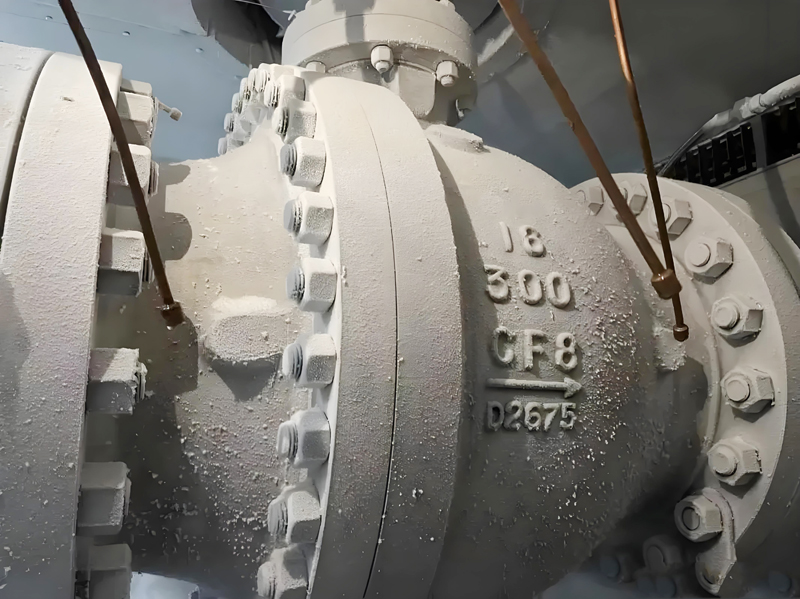
Where to Buy a Ball Valve: Guide to Top Global Suppliers
What is a Ball Valve A ball valve is a quarter-turn valve that uses a hollow, perforated, and pivoting ball to control fluid flow. When the ball’s hole aligns with the pipeline, fluid passes through; rotating the ball 90 degrees blocks the flow entirely. Known for their durability, quick operati...Read more -
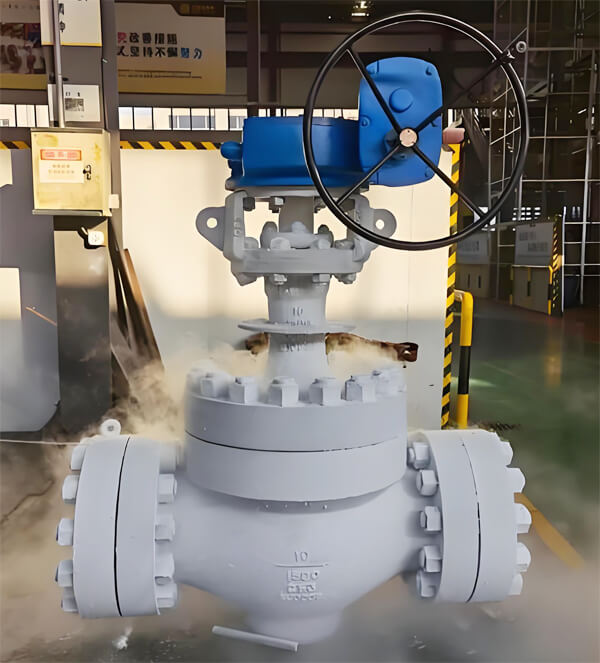
Guide to Cryogenic Valves: Types, Materials, Applications
What is a Cryogenic Valve A cryogenic valve is a specialized industrial valve designed to operate in extremely low-temperature environments, typically below -40°C (-40°F) and as low as -196°C (-321°F). These valves are critical for handling liquefied gases like LNG (liquefied natural gas), liquid...Read more





